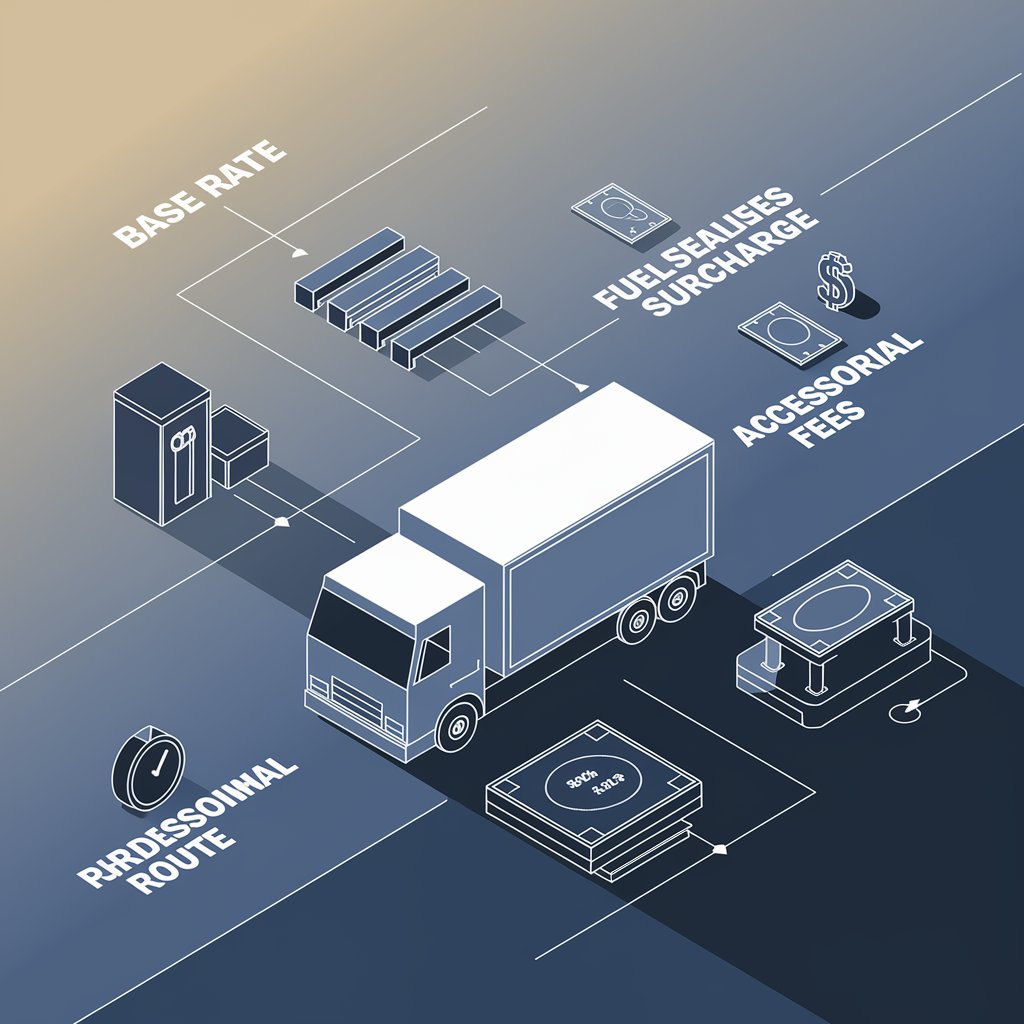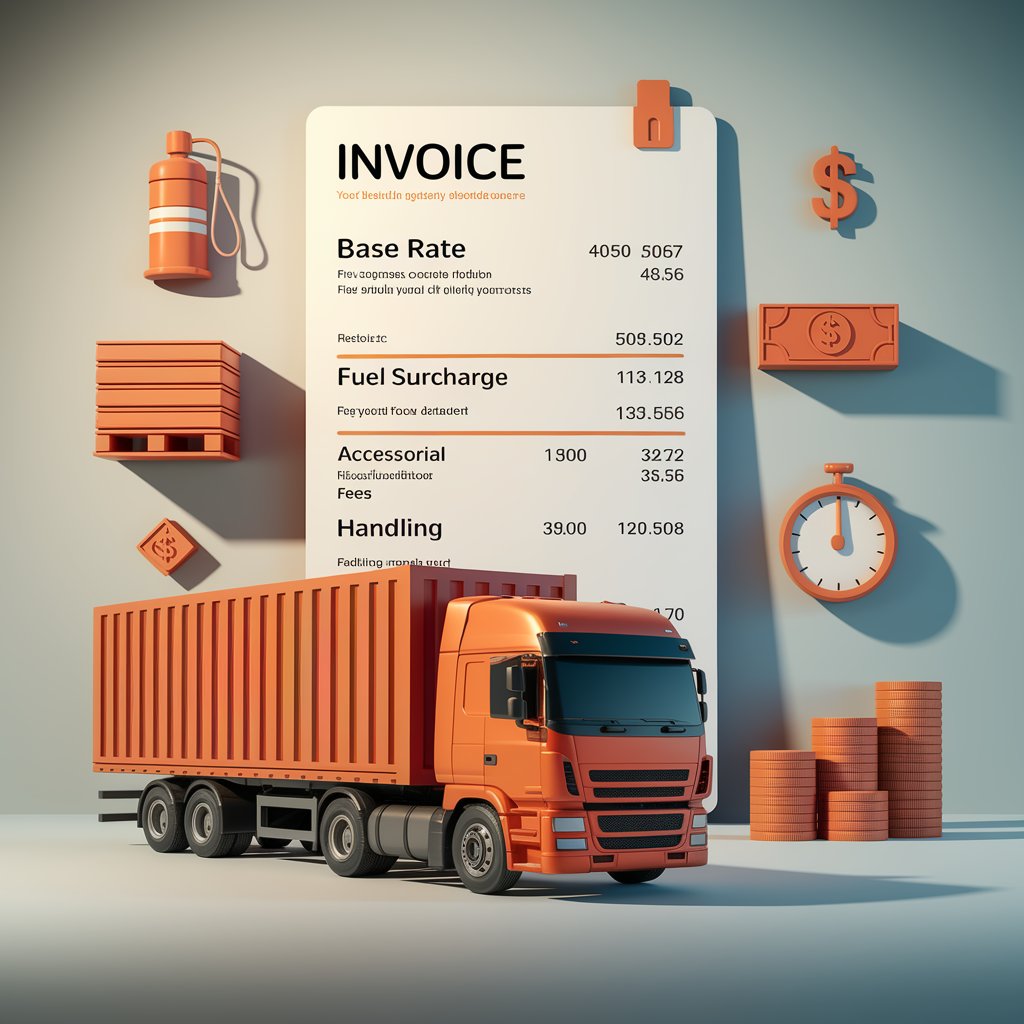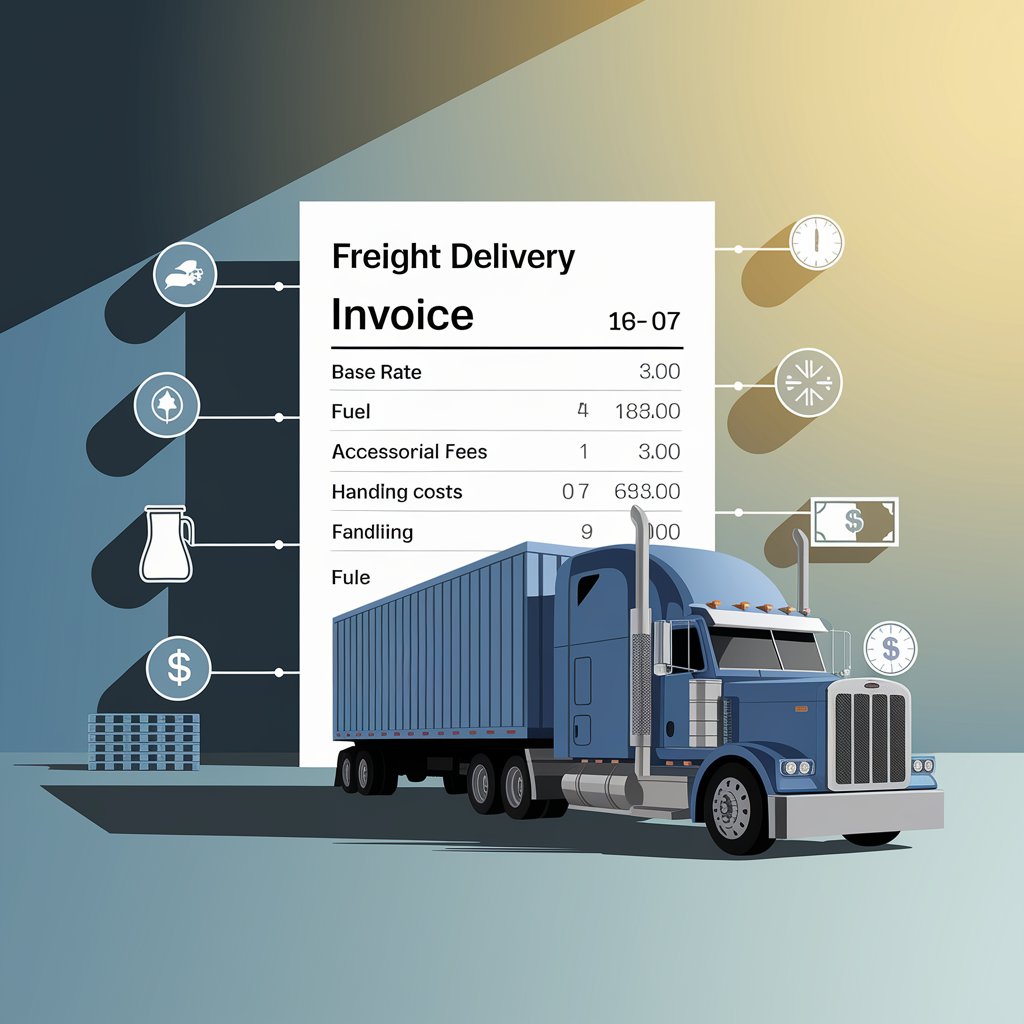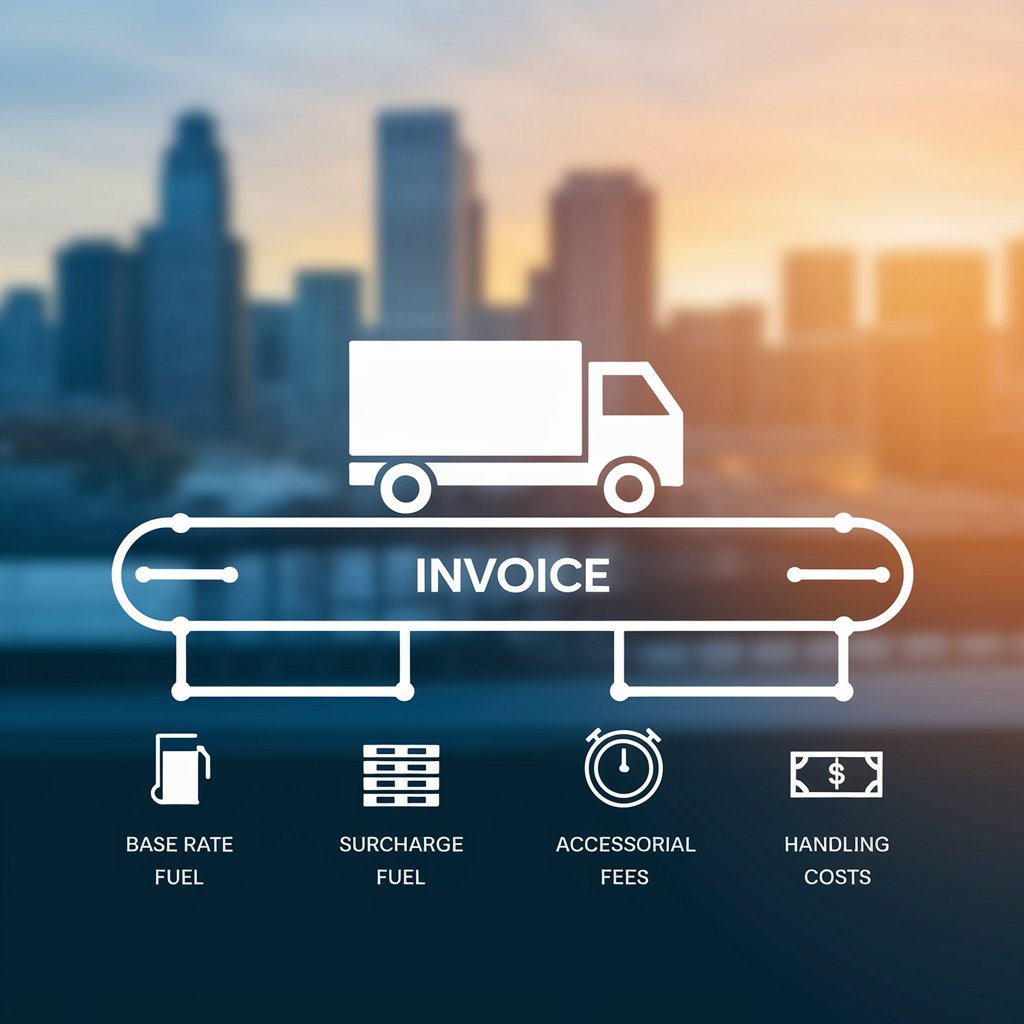Freight Delivery Charge: What It Is and How It Impacts Your Shipping Costs
In this article, we break down what freight delivery charges include, how they’re calculated, and how you can reduce them.

📦 What Is a Freight Delivery Charge?
A freight delivery charge is the total cost a shipper pays to transport goods from the point of origin to the final destination. This charge includes multiple components—beyond just mileage—and can vary based on service type, distance, cargo, and delivery conditions.
Think of it as the full invoice for moving your freight, not just the “transport” part.
💰 What's Included in?
Here’s a breakdown of what’s typically included:
Component | Description |
🚛 Base Rate | Charged per mile, per weight, or per shipment |
⛽ Fuel Surcharge | Covers fluctuations in diesel fuel prices |
📍 Pickup & Delivery Fees | Charges for first/last mile service |
🧱 Accessorial Charges | Extra services like liftgate, residential delivery, inside delivery |
⏱️ Waiting Time / Detention | Fee for driver delays during loading or unloading |
📦 Handling Charges | Special cargo handling or equipment usage |
Each of these can affect your total freight delivery bill.

🧮 How Are Freight Charges Calculated?
Freight delivery charges are influenced by several key factors:
- Distance – The longer the route, the higher the charge
- Weight & Volume – Heavier or bulkier shipments cost more
- Freight Class (LTL) – A classification system used in the U.S. to define density, stowability, handling, and liability
- Delivery Conditions – Residential areas, limited access zones, or time-specific deliveries increase cost
- Mode of Transport – Truck, rail, air, and ocean rates vary significantly
💡 Tip: LTL (Less-than-Truckload) shipments often have more accessorial charges than FTL (Full Truckload) moves.
📍 Real-World Example
Scenario: You ship a 500 lb pallet from Dallas to Atlanta via LTL.
- Base rate: $0.40 per lb = $200
- Fuel surcharge: 15% = $30
- Liftgate delivery: $60
- Residential surcharge: $45
Total freight delivery charge: $335
Even small extras can add up quickly.

🛠️ How to Reduce Freight Delivery Charges
- Consolidate Shipments – Ship in bulk to save per-unit cost
- Use Commercial Delivery Points – Avoid residential or limited-access surcharges
- Negotiate with Carriers – Volume discounts and preferred rates can apply
- Avoid Detention Fees – Be ready for loading/unloading
- Work with a Freight Broker – Leverage their network for better rates
🔍 Smart planning = lower shipping costs.
🧾 Understanding the Invoice
Always review your freight invoice carefully. Look for:
- Unexpected accessorial charges
- Duplicate fees
- Incorrect weight or class entries
- Extra services you didn’t request
Dispute any inconsistencies promptly—especially for recurring lanes.

🚀 Final Thoughts
A freight delivery charge isn’t just one line item—it’s a combination of base transport, fuel, and any special handling or delivery needs. Knowing what goes into it helps you optimize shipments, reduce costs, and improve your overall logistics performance.
💡 Whether you ship once a month or every day, understanding your freight delivery charge is key to shipping smarter.
